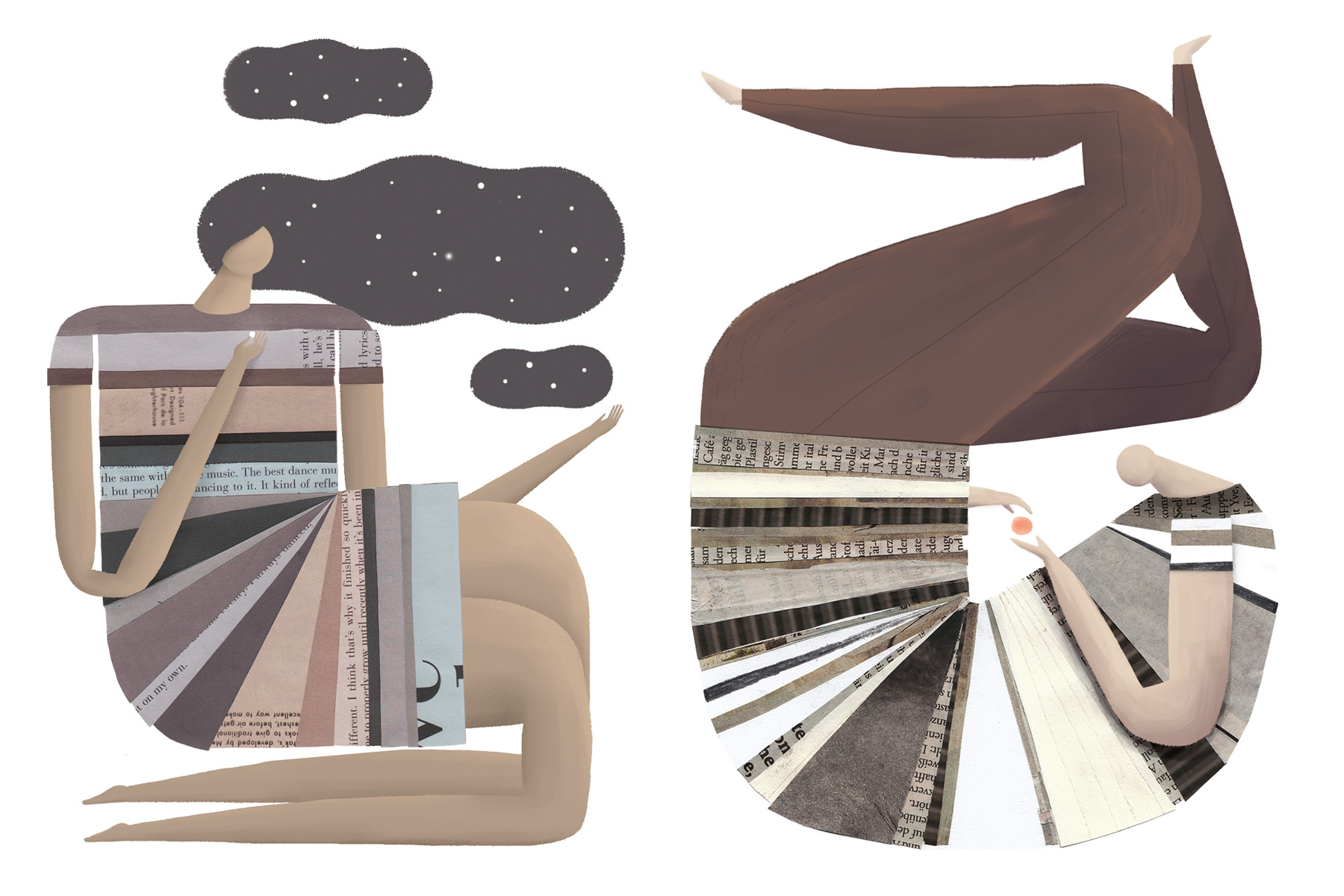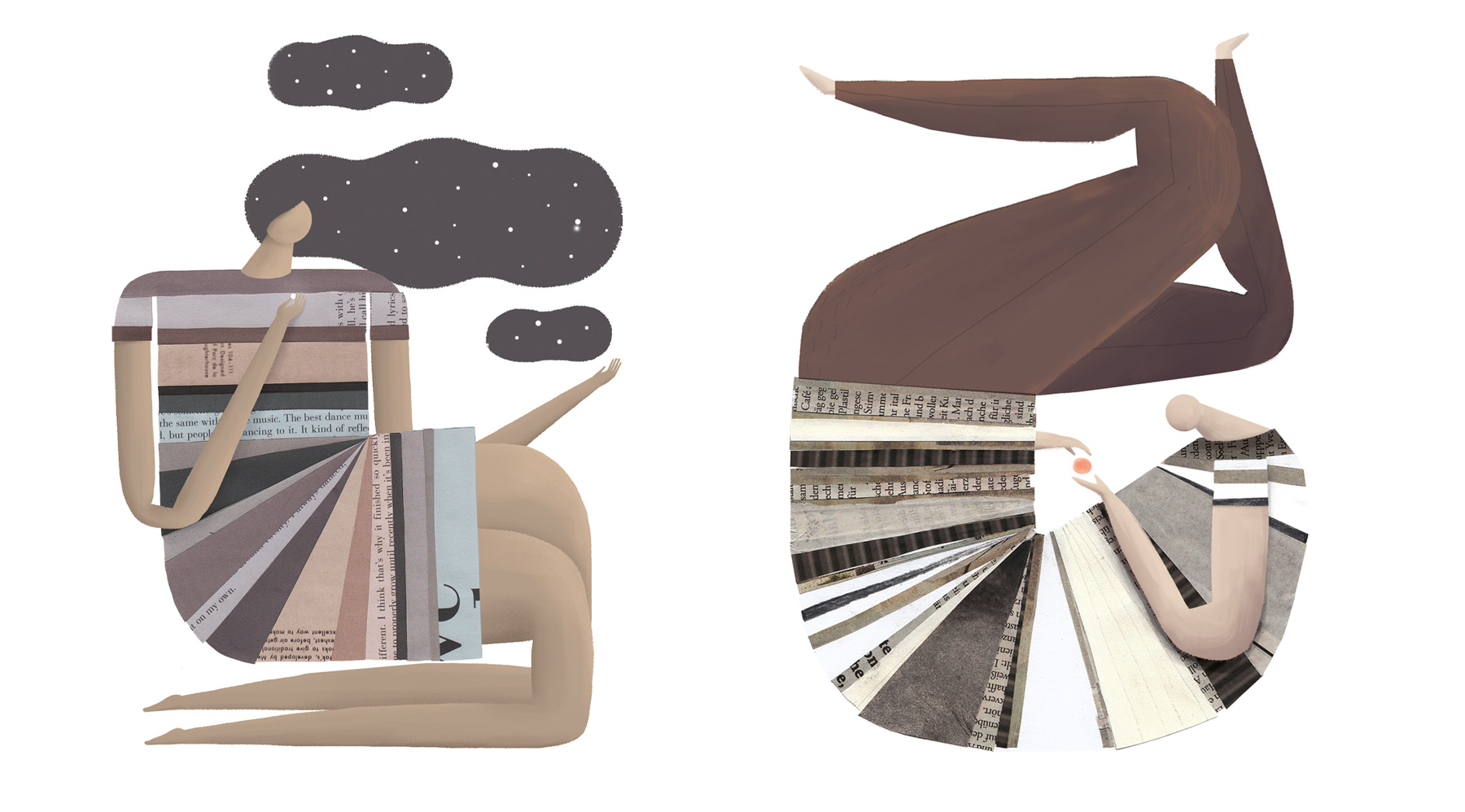
Archetypes in Branding
A Roadmap to Purpose
A loud ring, a deep sigh, and a new day begins. Some people drink their coffee in the morning because they can’t wake up any other way – it’s a means to an end. For others, the morning coffee ritual is an enjoyable way to consciously start the day. The drink is the same, but the meaning could not be more different.
Simply put, the goal of working with archetypes is to turn a routine cup of coffee into a pleasant experience. It is about infusing a product, a service or an entire brand with meaning and creating opportunities for identification.
The concept of archetypes originated with Swiss psychiatrist Carl Gustav Jung. Jung believed that certain elements, dream components and metaphors mean the same thing to everyone who experiences them, regardless of time or culture. He called this shared wealth of meaning the collective unconscious.
He condensed these universal motifs into various archetypes. An archetype is a kind of prototype that stands for certain behavioral patterns and motivations. Well-known archetypes include the sage, the explorer, and the lover.
The collective unconscious consists of the sum of the instincts and their correlates, the archetypes. Just as everybody possesses instincts, so he also possesses a stock of archetypal images.
C. G. Jung
Brand strategist Margaret Mark and psychologist Carol S. Pearson also explore the significance of archetypes. In their book, “The Hero and the Outlaw,” they take an in-depth look at how to create successful brand identification. According to them, the key is to create a personal connection between the customer and the brand. By grounding the personality of the brand in an archetype, a complex brand structure can be condensed into a character we can empathize with. An abstract brand promise becomes a story that feels familiar and with which we can identify.
In a way, archetypical meaning is what makes brands come alive for people. Archetypes are the heartbeat of a brand because they convey a meaning that makes customers relate to a product as if it actually were alive in some way. They have a relationship with it. They care about it.
Margaret Mark / Carol S. Person
"The Hero and the Outlaw"
In most cases, people can quickly and intuitively identify with one or more of the archetypes and their characteristics. By asking the “why,” you can easily make the leap from the thing to the meaning – what Pearson and Mark call a “shortcut to meaning. Why exactly the customer identifies with this archetype provides clues to the brand essence. “We are the Everyman, because we are on a first-name basis with all customers” or “We are the Explorer, because we deal with new topics every day”.
The following list provides an overview of the 12 archetypes developed by Mark and Pearson and their characteristics. What drives them? What characterizes their view of the world? In what brands do we find them?

Entdeckerin und Weiser
Illustration: Richard Klippfeld
The Explorer:
The Journey is the Reward
Explorers are driven by an insatiable curiosity. They are constantly looking for new ways and perspectives to live an authentic and fulfilling life. As archetypes, they are the ideal template for pioneering achievements, outdoor and adventure brands or “to go” products. An explorer brand appreciates the value of individuality and can help customers push boundaries and live out their own goals and desires.
Characteristics: independent, curious, adventurous, self-reliant, individualistic
Brands: Discovery Channel, The North Face, Starbucks, Marlboro, Jeep
Claims: “Adventurous spirit” (Ford), “Keep discovering” (Emirates)
What explorers would never say: “I’m not interested.”
The Sage:
Knowledge is Power
The sage is the undisputed expert in his field and is constantly working to deepen his knowledge. The most rational of the archetypes, he demonstrates his expertise at all levels of the brand and actively seeks comparison with the competition. In this way, he underscores the excellence and superiority of his products. The Wise Man is particularly appropriate for quality market leaders – but also when knowledge itself is the product, as in research or educational institutions.
Characteristics: intelligent, analytical, detached, thirsty for knowledge, honest
Brands: IBM, Intel, National Geographic, CNN, TED, Fraunhofer Gesellschaft
Claims: “Progress is beautiful.” (Audi), “Sponsors of tomorrow.” (Intel)
What sages would never say: “I’m not sure. But never mind, it might be true.”

Schöpferin und Beschützer
Illustration: Richard Klippfeld
The Creator:
If it can be imagined, it can be created.
Colors become a picture, bricks become a building, words become a story: Creators love to make something new out of simple building blocks. They express themselves and their individuality in their work. As archetypes, we find them naturally among artists and cultural workers, but also in the creative industries, software houses, engineering – wherever complex problems require creative solutions.
Characteristics: reative, inventive, proactive, wants to make a difference
Brands: Pixar, Lego, Adobe, Minecraft
Claims: “Create” (Lego), “Createur d´Automobiles” (Renault)
What creators would never say: “I have no idea, let’s just do it as usual.”
The Caregiver
Love your Neighbor
Standing up for the little guy, supporting the weak, and giving voice to the voiceless, caregivers put the needs of others before their own. They are selfless in the truest sense of the word, and even as a brand, they stay in the background to draw attention to injustice. Their products strive for stability and security for their customers. This archetype is therefore often the basis for communication by insurance companies, NGOs and companies in the healthcare sector.
Characteristics: selfless, helpful, empathetic, caring, warm-hearted
Brands: Amnesty International, Pampers, Volvo, Merkur Insurance
Claims: “Love, protection and care.” (Penaten), “You’re In Good Hands.” (Allstate Insurance)
What protectors would never say: “You go ahead. I’ll catch up when it’s safe.”

Idealist und Herrscher
Illustration: Richard Klippfeld
The Idealist:
Free to be you and me.
Idealists have a tight set of values against which they measure their own actions and those of others. Their ideals give them direction and stability. At the same time, they exude a strong sense of trust that makes them curious, spontaneous, and optimistic. As a brand, the archetype communicates on a value rather than a factual level and does not shy away from the big questions. Today, it plays an important role in global issues such as climate change, energy transition and sustainability.
Characteristics: credible, optimistic, moral, reliable
Brands: Dove, Disney World, Innocent, Coca Cola
Claims: “Designed to make a difference” (Braun), “Clothes for humans” (Benetton)
What idealists would never say: “I don’t care”
The Ruler:
Power is not everything. It is the only thing.
Some people are better at leading than following. This archetype is always in control and uses his or her influence over others to consolidate power over the long term. As an authority, he sees himself at the top of the food chain and surrounds himself with the fruits of his success: he is a demanding target group for brands whose performance serves his purposes and is extremely receptive to promises of luxury, image and status. As a positioning, it is suitable for market leaders who are aware of their role and influence in the market.
Characteristics: controlled, decisive, responsible, demanding
Brands: Hugo Boss, Microsoft, Mercedes Benz, Rolex
Claims: “The Best or Nothing.” (Mercedes Benz), “It doesn´t just tell time. It tells history.” (Rolex)
What rulers would never say: „You decide.“

Liebhaberin und Jedermann
Illustration: Richard Klippfeld
The Lover:
You are my everything.
The desire for love and sexuality is embodied in this archetype: the hedonist among the archetypes not only loves life, but also enjoys every moment. He symbolizes our desire for personal charisma, beauty and eternal youth. As a brand, he promises us more attractiveness – and therefore more success with potential partners. The fashion and beauty industries rely on the archetype. At the same time, it is behind brands that give us more joie de vivre and an intense relationship with the things we surround ourselves with.
Characteristics: passionate, seductive, conveys a sense of security, dreamy
Brands: Calvin Klein, Milka, Mini, Häagen Dazs, Lenor
Claims: “Come in and find out” (Douglas), “Is it love?” (Mini)
What lovers would never say: “You are not important to me.”
The Everyman:
All men and women are created equal.
As a person like you and me, this archetype lives an ordinary life with ordinary concerns. Unlike the Explorers, however, they seek happiness not in individuality but in community: they want to fit in, not stand out. As a result, they have much to gain from values such as democracy and equality, while having a natural aversion to hierarchies or elites. As a brand, this archetype solves the everyday concerns of its customers and stands for products that are particularly affordable and serve a pragmatic function.
Characteristics: loyal, down-to-earth, approachable, friendly, modest
Brands: Ikea, Visa, Levi’s, ebay, Aldi, VW
Claims: “Everyday Super Food” (Jamie Oliver)
What an everyman would never say: “I am not a team player, I’d rather do it on my own.”

Spaßvogel und Rebell
Illustration: Richard Klippfeld
The Jester:
You only live once.
Nothing is more liberating than laughter. In the midst of personal and social crises, we need an outlet through which frustration and fear can escape, but also through which new confidence and joy can find their way in. Humor is a universal language. The Joker prefers not to take himself too seriously and reminds us of the lightness and joy of life. The Joker is often associated with products and services that satisfy our desire for variety, distraction and fun.
Characteristics: entertaining, humorous, likeable, lives in the moment
Brands: Fanta, Seat, M&Ms, Pepsi, Edeka
Claims: „We love to entertain you“ (ProSieben), “More Fanta, less serious.” (Fanta)
What jesters would never say „Take it serious, dammit!“
The Outlaw:
Rules are meant to be broken.
Rebels consciously stand outside of society. They resist constraints and refuse to be forced into social patterns. Their brands go against the mainstream, against the rules of everyday life, are loud and provocative. Breaking the rules is the only ground rule for them. This is why niche products in particular benefit from this positioning, positioning themselves as David in the battle against Goliath.
Characteristics: unconventional, nonconformist, provocative, radical
Brands: Harley Davidson, Diesel, Sixt, Virgin
Claim(s): “Screw it, let’s ride.” (Harley Davidson), “Be stupid.” (Diesel)
What outlaws would never say: “But that’s against the rules!”

Magier und Held
Illustration: Richard Klippfeld
The Magician:
It can happen!
Transformation is at the heart of his magic: the ugly duckling becomes a beautiful swan, the dreary everyday becomes an imaginative dream world. Where others see a problem, this archetype sees an opportunity. Magicians don’t look at their cards, they live by powerful staging. Brands that convey magic therefore shy away from comparison with others and are stingy with real information. This archetype is often found in the beauty or technology industries.
Characteristics: visionary, creative, future-oriented
Brands: Apple, Axe, Cillit Bang, Walt Disney
Claims: “The Power to Wow.” (Cilit Bang), “Where dreams come true” (Disney)
What magicians would never say: “No chance, how is that supposed to work?”
The Hero:
Where there is will, there is a way.
The Hero archetype only really puts himself in harm’s way. They actively seek out challenges and believe that if you don’t work hard, you won’t get ahead. They are courageous, disciplined, and willing to use their elbows if necessary. This archetype is often found in the sports and automotive industries. Brands of this type aim to give their customers an advantage over others. They motivate and give a sense of empowerment.
Characteristics: courageous, strong-willed, self-confident, combative
Brands: Nike, Porsche, Gilette, Accenture, Duracell
Claims: “Just do it” (Nike). “High performance. Delivered.” (Accenture)
What heroes would never say: “That’s too exhausting.”

Die Archetypen bekannter Marken
Grafik: Florian Hämmerle
Once you have trained your own perception, you suddenly encounter these archetypes everywhere. You start the morning in the company of the Everyman ALDI while you stock up on milk for your morning cereal. You end the evening with the creator of PIXAR on the sofa watching the latest animated movie.
What archetypes have you encountered today?


